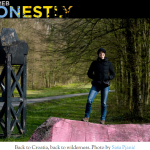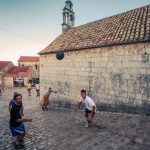25 things you need to know about Zagreb, by new TCN contributor, Andrea Pisac of Zagreb Honestly.
As voting for the top European destination of 2016 continues on January 29, 2016, TCN takes a closer look at the Croatian capital of Zagreb through the eyes of one of its top bloggers, Andrea Pisac of Zagreb Honestly.
Zagreb was recently voted the best Christmas market in Europe on tourism website European Best Destinations, and it was also voted the sixth best destination on the same website in 2015. This year’s nominations include Zadar, and after the successful 25 Things You Need to Know about Zadar, TCN has decided to explore Croatia’s top destinations in a little more depth through the eyes of local experts.
Which is where Andrea comes in for Zagreb…
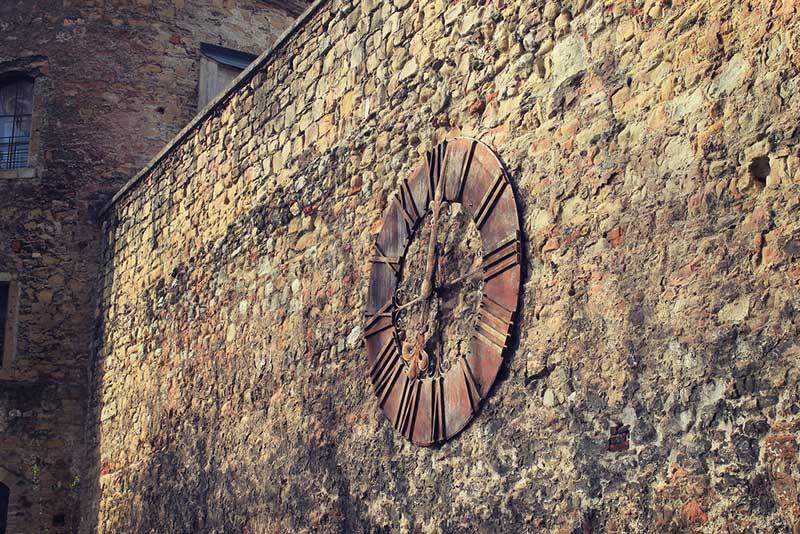
(old cathedral clock showing the time of the big earthquake photo credit: Andrea Pisac)
-
In Zagreb time stands still
Let’s take the top down approach. Zagreb’s Cathedral of the Assumption of Blessed Virgin Mary is the tallest building in the whole South-Eastern Europe. Its highest highness reaches 108 m above street level and can accommodate 5,000 people at mass. It was first built in the Romanesque style in the 13th century but it went through almost as many transformations as David Bowie. Destroyed by the Mongols, fortified during Renaissance, devastated by a disastrous earthquake in 1880 and finally restored as a Neogothic beauty following the designs of the famous Zagreb architect Herman Bollé.
The earthquake struck Zagreb on 9 November 1880 at 07 hours 03 minutes and 03 seconds – the time that the old Cathedral clock still shows on the north side of the fortification wall.
Learn more about a peculiar sense of Zagreb time.
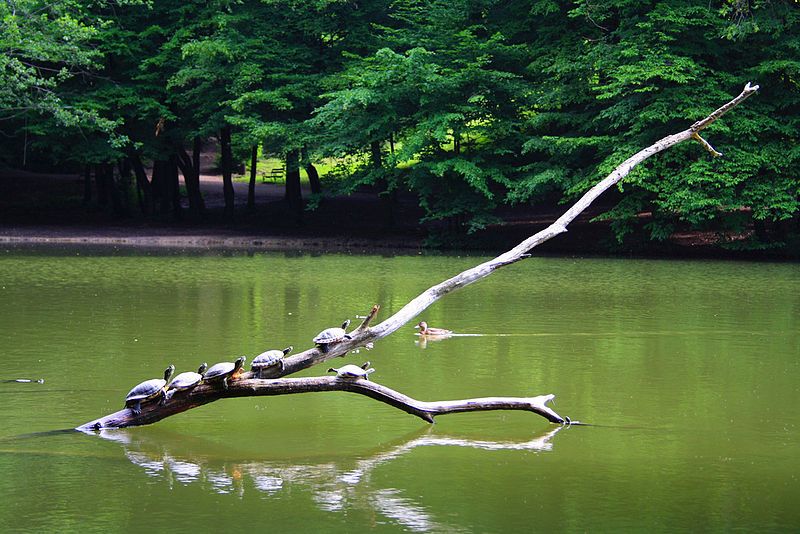
(Gaston_89 – Flickr: Turtles in Maksimir CC BY 2.0)
-
Zagreb has the first public park in South-Eastern Europe
Strolling the serene green expanse of Maksimir Park is the perfect way to clear your mind. But let’s briefly delve into numbers. This French style landscaped park spreading over 4 km2 was opened in 1794 by Bishop Maksimilijan Vrhovec as the first public park in South-Eastern Europe. Lovers of landscape architecture can admire the Park’s beautifully laid out meadows, creeks and five lakes while those more into semi-wilderness will appreciate the original dense oak forest preserved as the Park’s girdle.
Maksimir Park houses the Zagreb Zoo. 90 years ago, it started out with only three foxes and three owls and today is home to 275 animal species.
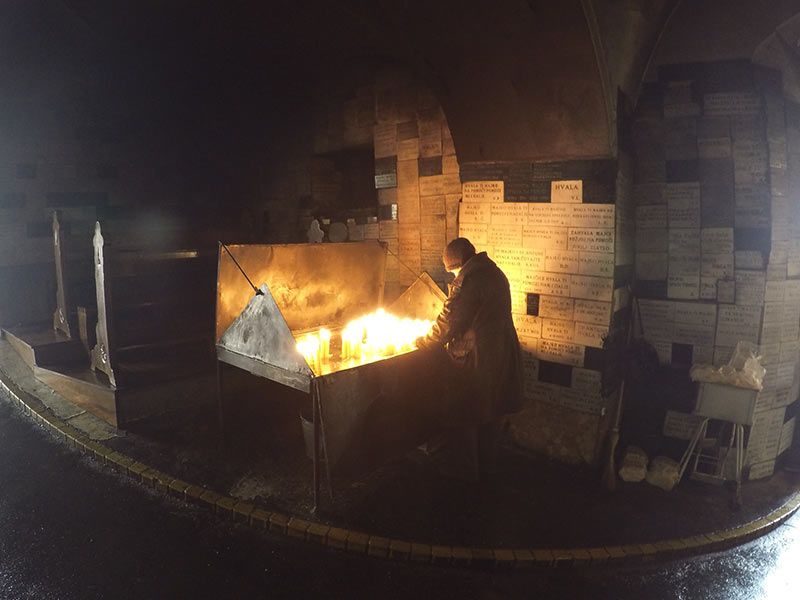
(Photo credit Andrea Pisac)
-
The city where miracles happen
The Stone Gate – the only Upper Town gate that has remained intact since the Middle Ages – is not just an atmospheric, candle-lit gateway. Its arches house a chapel dedicated to the Virgin Mary where people pray or give thanks for the wishes granted. The miraculous powers of this spot date back to the 1731 disastrous fire when everything burnt into rubble except a painting of the Virgin. Since then, the Stone Gate has been a place of pilgrimage and 31 May became the annual city holiday.
Kamenita Street is home to Zagreb’s oldest pharmacy, founded in 1355. This is where Nicolo Alighieri, Dante’s great-grandson, worked as a pharmacist in 1399.
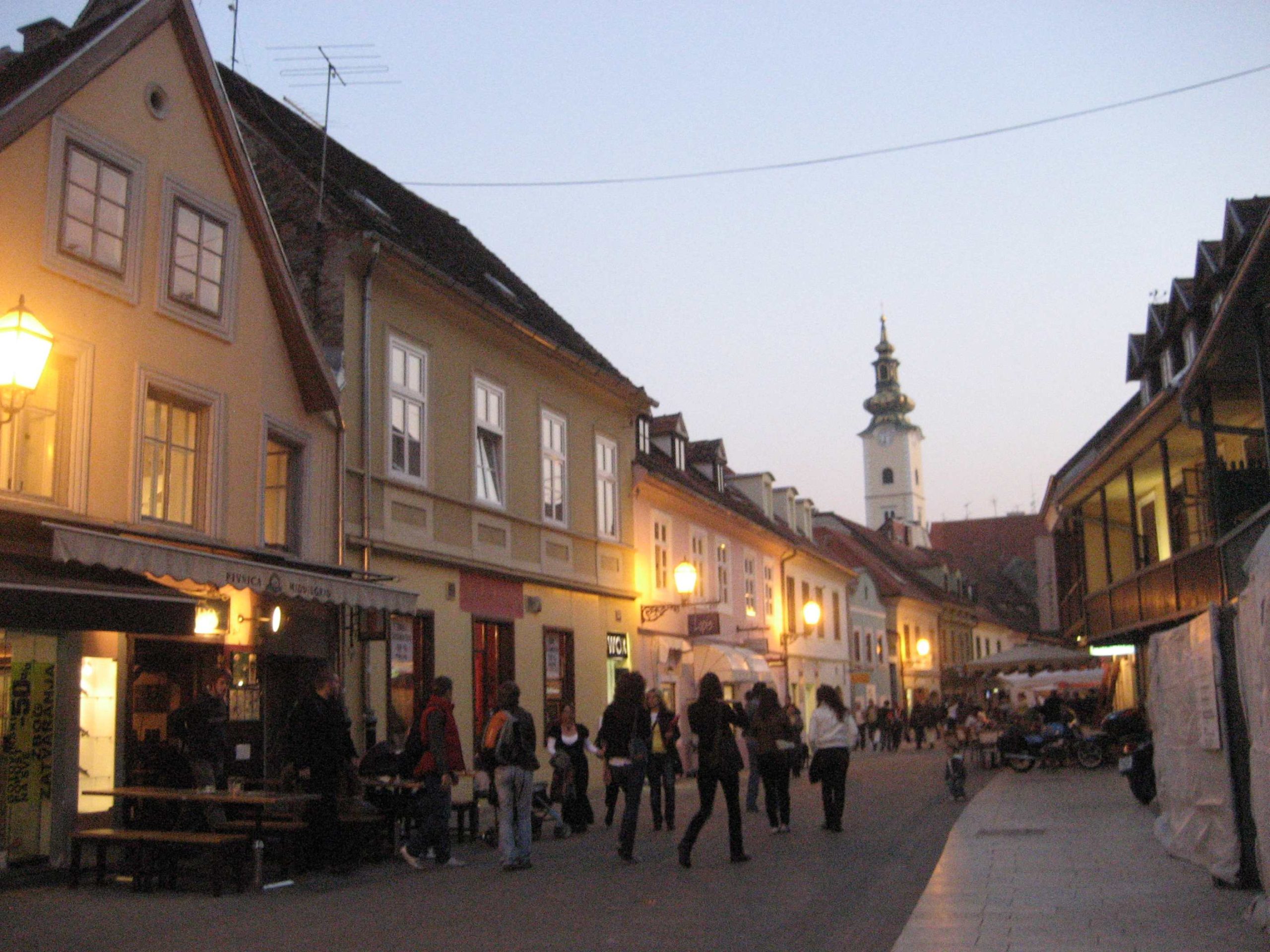
(Photo credit Modzzak CC BY-SA 3.0)
-
Zagreb’s street with underground and overground rivers
Tkalčićeva Street, or simply Tkalča, is the Zagreb’s place to be: a mecca of cafés, restaurants, boutiques and artisan shops. No wonder it attracts rivers of people from morning to midnight – all of them wanting to see the world and be seen. But before the end of the 19th century, this used to be the riverbed of the Medveščak stream and a place of countless watermills and small-scale workshops. The original creek was also a natural boundary between the church-controlled Kaptol and the secular Gradec – two parts of Zagreb that united only in 1850.
Hit Tkalča if you want to be in the flow. Higher up the street, on your left-hand side facing north, there’s even a city vineyard basking in the sun!
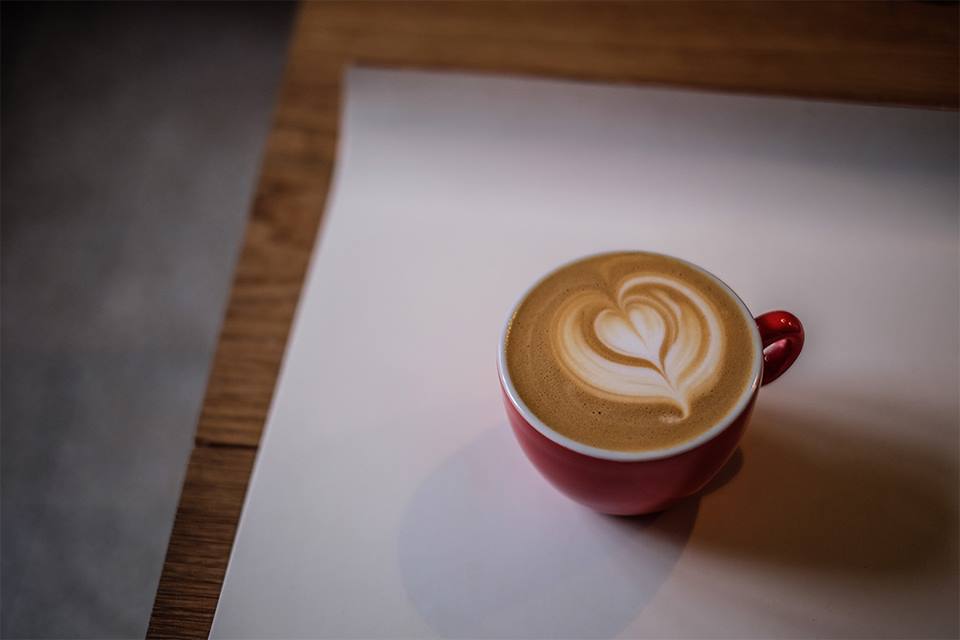
(Coffee is sacred. Photo credit: Sanjin Kaštelan)
-
Coffee is sacred in Zagreb
According to the Chartsbin Report Croats consume 5.1 kg coffee per capita a year, which only puts us behind the Scandinavians as the world’s biggest coffee drinkers. But numbers don’t tell the whole story. Croatian coffee culture has much more to do with prioritizing a slower pace of life than guzzling down caffeine to keep awake. Zagreb špica [the peak time] on a Saturday morning explains everything: crowds of people mingling over coffee at sun-kissed terraces. Few things change on workdays – hit Zagreb centre and you’ll still find people over coffee, this time building and lubricating their networks in this special ritual.
Coffee spreads into every pore of Croatian lifestyle, even Croatian language. Read more about a Croat’s Sense of Coffee – 25 secret and sacred meanings or what to expect from the Zagreb Coffee Culture scene.
(Photo credit Modzzak CC BY-SA 3.0)
-
Zagreb locals have a unique way of setting their time
Forget the Internet or the speaking clock phone line. If you want to set your watch perfectly, be in the centre of Zagreb around midday. Wait, just wait – there, boom! The Grič cannon fires at high noon sharp, and has been every day since 1877. If you accidentally find yourself close to the Lotrščak Tower, which houses the Grič Cannon, open your mouth to prevent your ears getting plugged. The sound of the shot is 130 dB: the loudness of a jet plane taking off.
Lotrščak Tower is the only preserved medieval tower from the 13th century fortifications. Climb to the top to admire a gorgeous city vista.
-
The city’s cheapest window seat
Everyone knows that Zagreb Funicular is the shortest cable railway in the world. It covers the distance of 66 m and the height difference of 30.5 m. This adorable carriage connects the Lower with the Upper Town in 64 seconds and has been in operation since 1890. You can hop on it every 10 minutes for a symbolic price of 4 Kn (0.5€). What you probably don’t know is that in the past 16 seating places were divided into three classes.
The first class ticket, of course, would get you a window seat.
Even in 64 seconds, the view of the city coming down is spectacular. Don’t fumble with that camera now – get snapping.
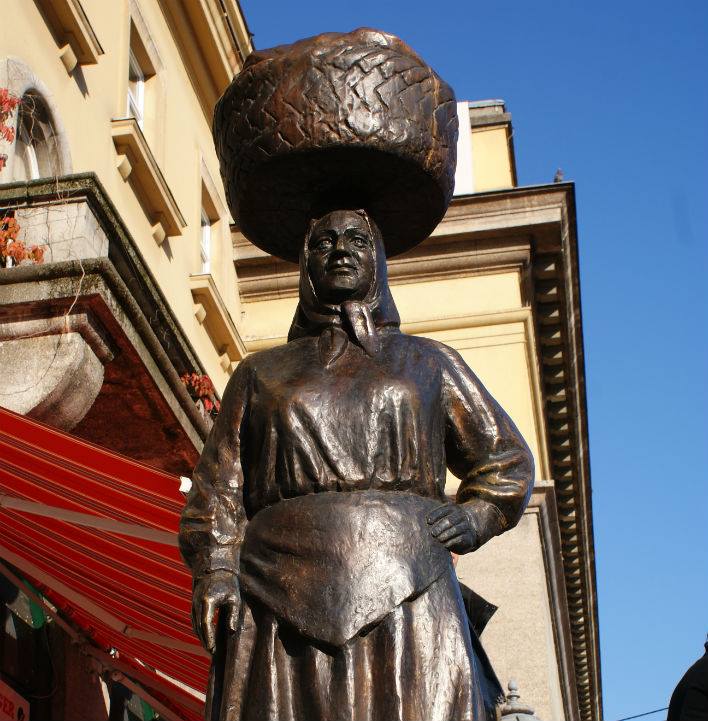
(Kumica Barica statue at Dolac. Photo credit HUP Zagreb)
-
A woman who sells food 24/7 and is not a corporate capitalist
Everyone loves Dolac – Zagreb’s central fruit and vegetable market, fondly dubbed ‘the belly of Zagreb’. It’s still a traditional meeting point of local food producers and city dwellers, uncluttered with ready-made produce for tourists. Keepers of this unspoilt flavour are kumice – local women food sellers. You’ll recognize them by colourful head scarves, which they wear to keep their hair tidy. In the past, these hardworking women from nearby villages would carry their produce in a basket balanced on top of their head.
It was only fair to thank them for feeding Zagreb for so many centuries by immortalizing a kumica in a statue. There she is, kumica Barica, with a traditional basket on top of her head, and she is never leaving Dolac.
Learn more about kumice from Secret Zagreb.
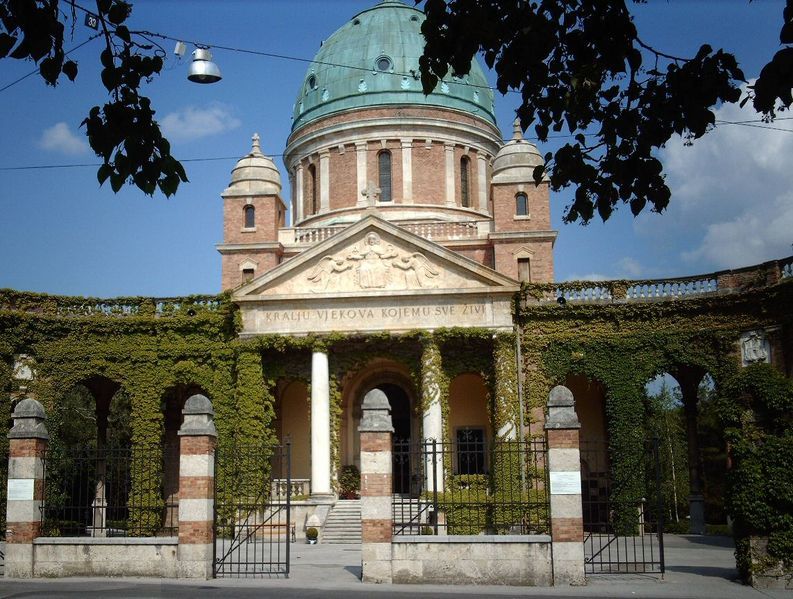
(Photo credit HappyV CC-SA 1.0)
-
The city’s cemetery is a piece of artwork
As in all Catholic countries, All Saints Day is a big holiday for Croats. But Zagreb takes the respect for its dead a step further. The city’s main cemetery Mirogoj is on the National Geographic’s list of five most beautiful cemeteries in Europe. This wonderful civic graveyard, designed in the late 19th century by Herman Bollé, features stunning arcades, domed gatehouses and pavilion chapels. Most prominent figures from Croatia’s social, political and cultural life have found their final rest there. Their graves are often decorated by poetic sculptures, which is why Mirogoj is often considered an open-air art gallery.
Mirogoj is possibly the most multicultural site in the country, accommodating people of all major local religions: Catholic, Orthodox and Muslim.
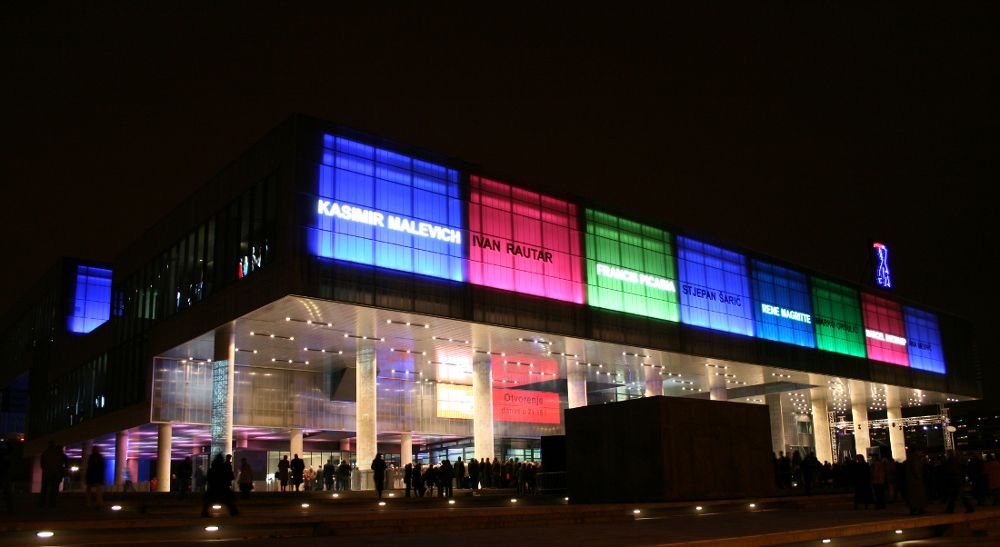
(Photo credit Roberta F. CC BY-SA 3.0)
-
The city with 3.6 million museum exhibits
Zagreb is often called the city of museums. The word out there is that it has the highest number of museums per square metre. The Museum of Broken Relationships if often reason enough for visitors to travel to Zagreb. Its unique concept is to commemorate break-ups, often in a funny and bittersweet way. Much more monumental is the Museum of Contemporary Art (MSU) – Croatia’s ultimate contemporary art collection – displayed in a modern meander-shaped building. One of the MSU highlights is coming down a giant 17 m slide that connects upper levels with the ground floor.
The ride on the MSU slide is 44 m long and it takes six seconds. I bet you’ll want to do it more than once.
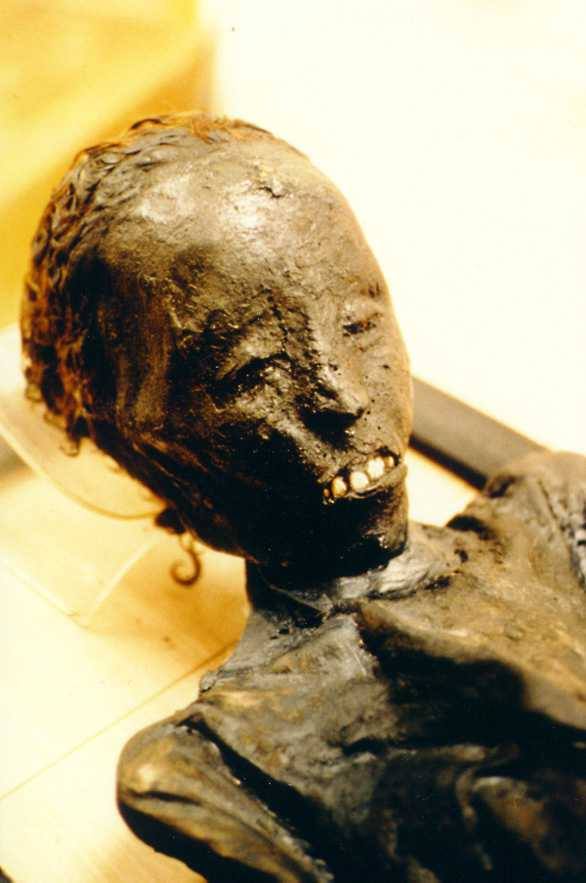
(Meet Rosie – the Zagreb Mummy. Photo credit HUP Zagreb)
-
The oldest Zagreb dweller is Rosie
She sleeps in the Archaeological Museum and is 2,500 years old. She is the famous Zagreb mummy, brought back from Egypt in 1848 by Austro-Hungarian officer Mihael Barić. But she is not just any old mummy. Rosie was wrapped up in linen that contains an enigmatic item – inscriptions in the old Etruscan language later named The Zagreb Flax Book. It’s still a mystery how this Etruscan artifact (Etruscans lived in what is now north Italy) ended up in Egypt. But what is certain is that these are the oldest remains from their culture.
The Archeological Museum has one of city’s nicest gardens where you can chill with a cold drink on summer nights.
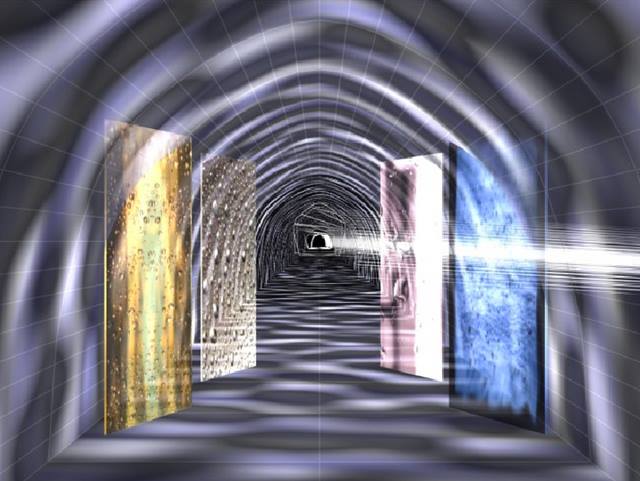
(Photo credit: Buro 247)
-
State-of-the-Art Museum of the Senses opens in Zagreb in 2016
There are many hush-hush stories about mysterious passages and underground tunnels running below Zagreb’s surface. The Grič tunnel, connecting Radićeva and Mesnička streets, which was built as a WW2 shelter, will soon become a 21st-century multi-sensory museum. The 350 m long and 3 m wide ‘catacomb’ will be transformed into an alternative walking trail spiced up with advanced digital technology. We’re promised a unique spine-tingling experience.
The Grič tunnel was closed after WW2 but reopened during the 1990s Homeland war to serve its original purpose – as a war shelter.
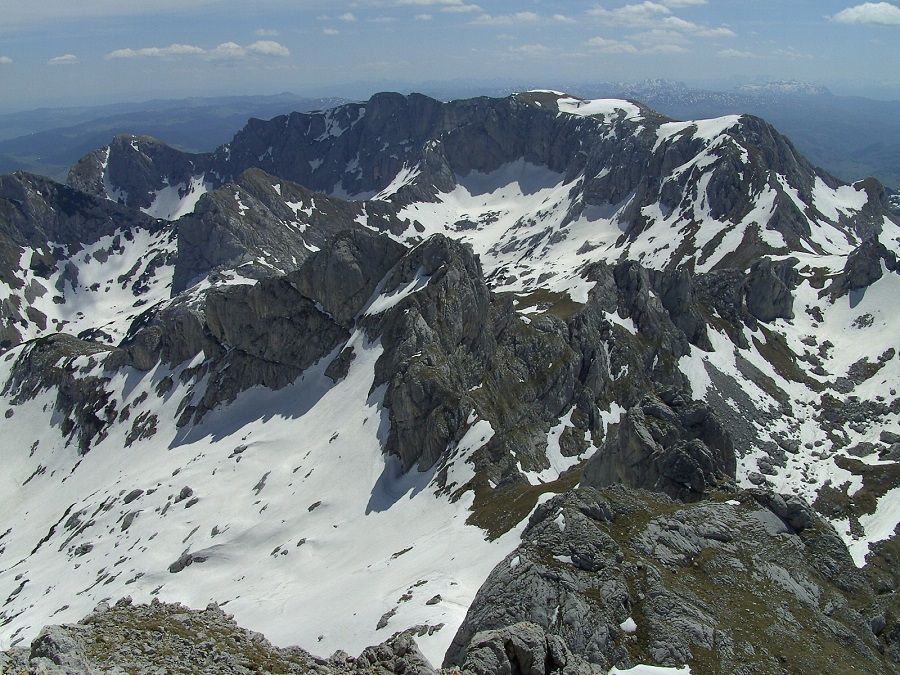
(Photo credit Martin Brož CC BY 3.0)
-
The only EU capital with a ski resort
Where in the world can you change your office attire for the skiing outfit and reach the white slopes in half an hour? Zagreb, of course. Sljeme is not the highest of mountains (1033 m) and the average snow level is 40 cm but at least it’s snow-covered during all three winter months. With five ski runs to match everyone’s ski proficiency and the famous ski cup, Snow Queen, this is also a place for some celebrity spotting.
Don’t be surprised if the ski champions the Kostelić siblings ski past you on one of the slopes. This is where they took their first snow steps.
(Photo credit Diego Delso CC BY-SA 3.0)
-
Zagreb was a top-notch stop on the Orient Express route
Zagreb’s grand hotel Esplanade is an art deco beauty and one of city’s most famous buildings. But there’s more than elegance and first-class service to this luxe hotel. Built in 1925 and set close to the main railway station, the Esplanade was a preferred lodging for the passengers on the Orient Express train route. In its long and eventful history, it welcomed many celebrities, including Leonid Brezhnev, dancer Josephine Baker, Orson Welles, Louis Armstrong, Ella Fitzgerald, Tina Turner and Arthur Miller.
Queen Elisabeth was so pleased with the Esplanade Chef’s mastery that she presented him with a golden coin for a scrumptious meal of sea bream Dalmatian style.
https://www.youtube.com/watch?v=n7vLzSajCx8
-
Zagreb is a famous film set
Game of Thrones buffs are quick to pack their bags and discover their favourite film sets in Dubrovnik and Split. Well, if you’re a lover of classic films, start packing to visit Zagreb. You’ll be surprised at the list of films made at the city’s photogenic locations. Here are some: Orson Welles’ The Trial, Sophie’s Choice with Meryl Streep, Tom Stoppard’s Rosencrantz & Guildenstern Are Dead with Gary Oldman and Tim Roth, The Hunting Party with Richard Gere.
The most remembered is Jackie Chan’s Armour of God, a kung-fu comedy with stunt scenes and motorcycles flying through the air over the heads of the Dolac food sellers.
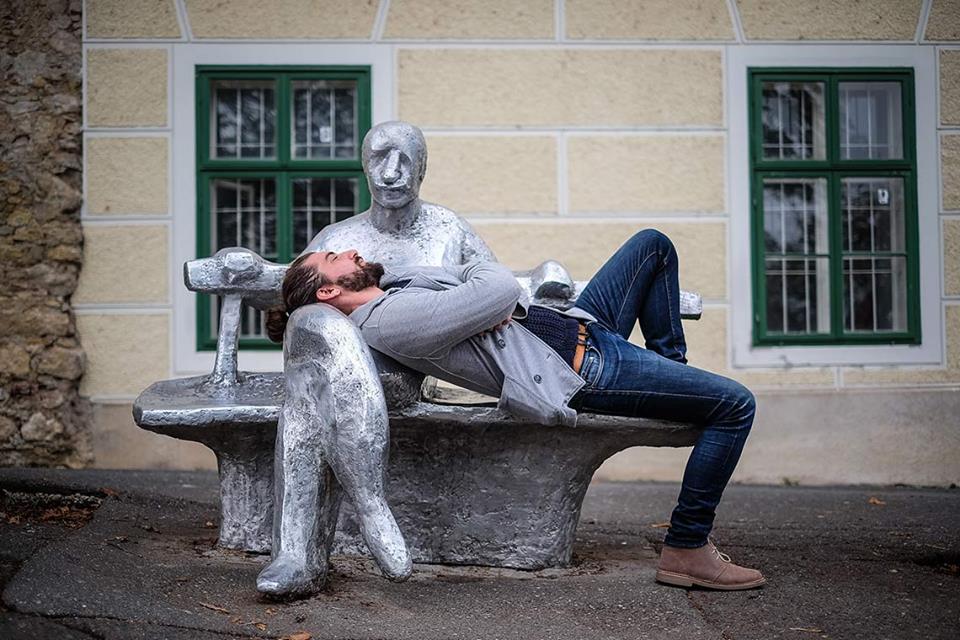
(Everyone wants a selfie with Matoš. Photo credit: Sanjin Kaštelan)
16. Dead writers’ city
There’s hardly a city in the world without a monumental sculpture depicting a man on a horse. The immortalized are usually kings, statesmen, generals – men who fought and won battles for their countries. Zagreb, on the other hand, boasts stunning sculptures of most important Croatian writers. Eight of them, each sculpted at a different time and in a unique style, are scattered across the city. The sculpture of Antun Gustav Matoš in the Upper Town has become a celebrity. No tourist can resist taking a selfie with this pensive poet gazing at his city.
Visiting all eight sculptures makes a wonderful walking tour. Find their locations in the post: Who else wants a selfie with a dead Croatian writer?
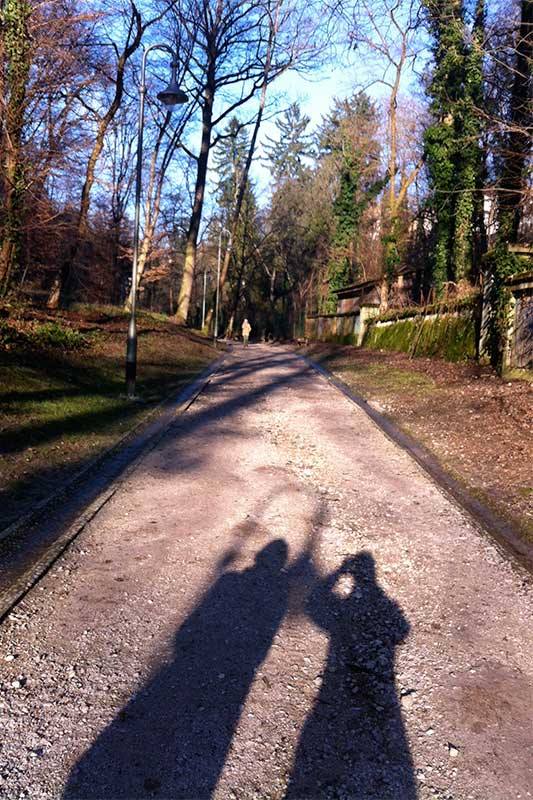
(Dubravka’s Path. Photo credit Andrea Pisac)
17. Europe’s most walkable city
Central Zagreb can easily be explored on foot. But its walkable character is best experienced by strolling the winding streets that spontaneously merge with semi-wild urban woodland. One of those trails is called Dubravkin put. Originally it was Sophie’s trail, named after the young wife of the Duke Josip Jelačić. Sophie was only 16 when they married. The legend says that the Duke ‘gave’ her the woodland trail to keep her from getting bored while he attended his political duties. Love knows no limits!
Explore the charming Dubravka’s trail and its surroundings on a self-guided walk: Leafy Zagreb – urban wilderness rediscovered.
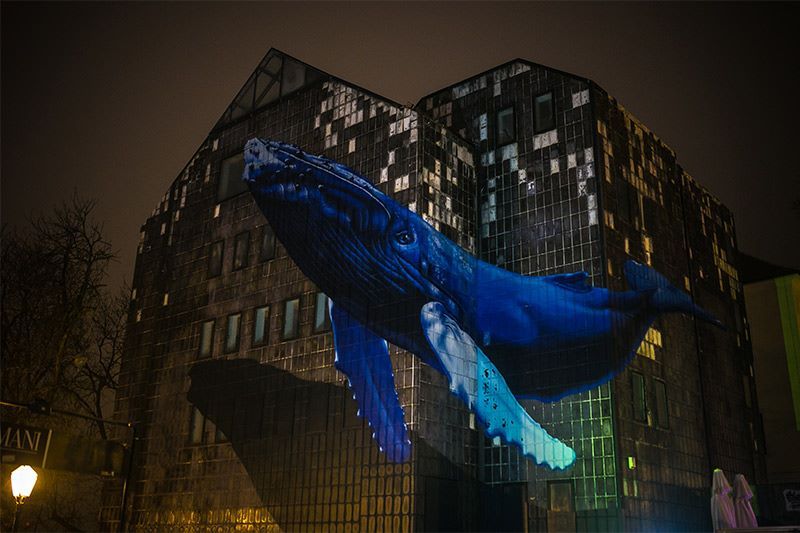
(Etien’s Whale in Zagreb. Photo credit: Sanjin Kaštelan)
18. A Land-locked city with a whale
Last year a giant whale was painted on the run-down gallery building in Gradec (Upper Town). This piece of street artwork was created by the French graffiti artists Etien during the Rendez-Vous festival. The locals fell for it straight away. And it wasn’t long before the Whale got listed among the top 10 world murals according to the Mural Festival in Montreal.
People linger around the Whale all the time. They move from one side of the building to the other to catch the best view of the beast and its shadow.
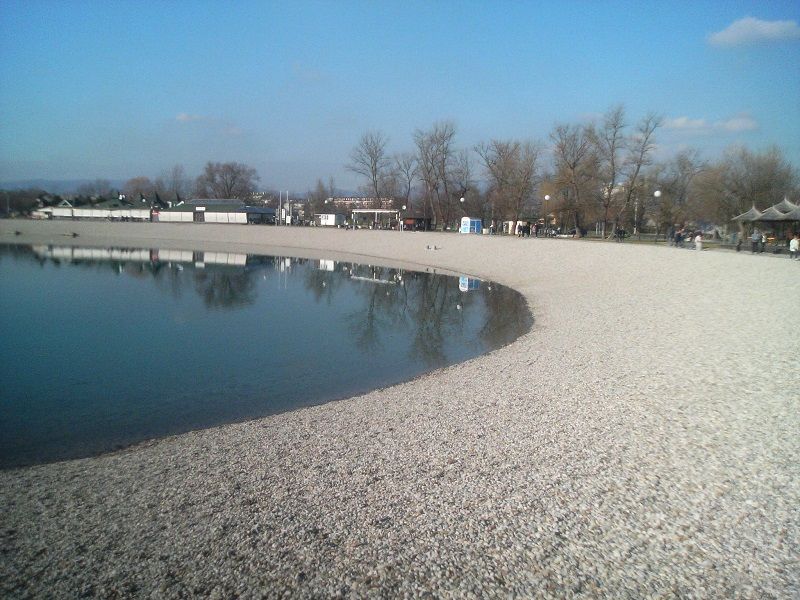
19. A land-locked city with its own riviera
Zagreb has two beautiful lakes: Bundek and Jarun. Both are connected to the Sava River and are locals’ favourite relaxing spots. With sport grounds, cycling and running tracks, kids playgrounds and even beaches for a summer dip – these green oases have served as the city’s riviera. But Zagreb in the summer displays another strange ritual. On weekends, many city dwellers pack up and leave for the coast. Some destinations are only 90 minutes away – like the Kvarner Bay. Visit Zagreb in July and August and you might wonder where everyone has disappeared.
Here’s your manual on how to join Zagreb summer migrations.
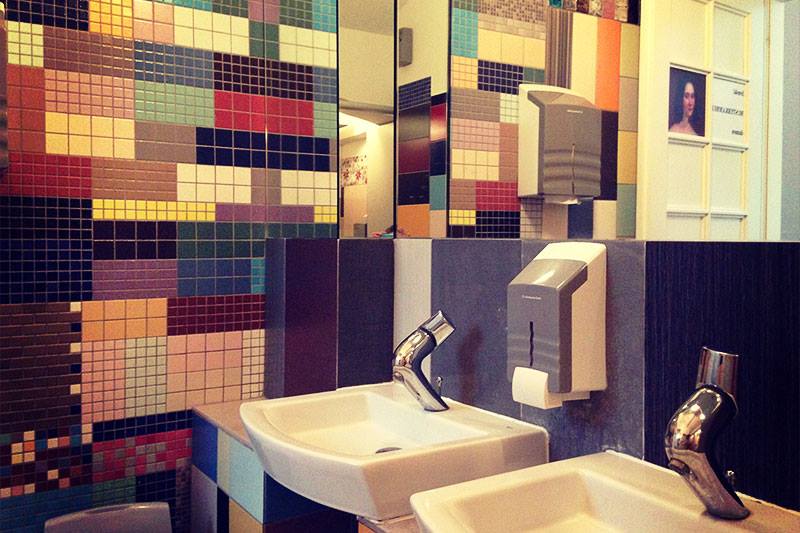
(Toilet at the Museum of Arts and Crafts, designed by architect Željko Kovačić. Photo credit: Andrea Pisac)
20. The city where you can pee in style
It may sound wacky but you can actually learn about Zagreb’s cultural history even while you pee. Because some Zagreb toilets are more than private cubicles honoring a biological need. Century-old public ones, with original features intact, are as good as museums in revealing the city’s cultural life. Others are hidden away inside museums, designed with such a touch to equal any work of art.
With this Zagreb Pee Map, you’ll always find a toilet that is clean and most will wow you with their arty toilet trend.
21. The universe revolves around Zagreb
An overstatement? It’s actually an art installation called the Solar System. It started out with the single exhibit: the Grounded Sun sculpture by Ivan Kožarić in Bogovićeva street. Designer Davor Preis added the rest of the planets in the Solar System. Now when you visit Zagreb you can go on a unique planet search party. Just be aware: the planets are proportionate in size and distance to the Grounded Sun. This means that some are so tiny and so far away from the centre they are quite hard to find.
You can earn a prize if you register for a planet hunt through the Zagreb Be There mobile application.
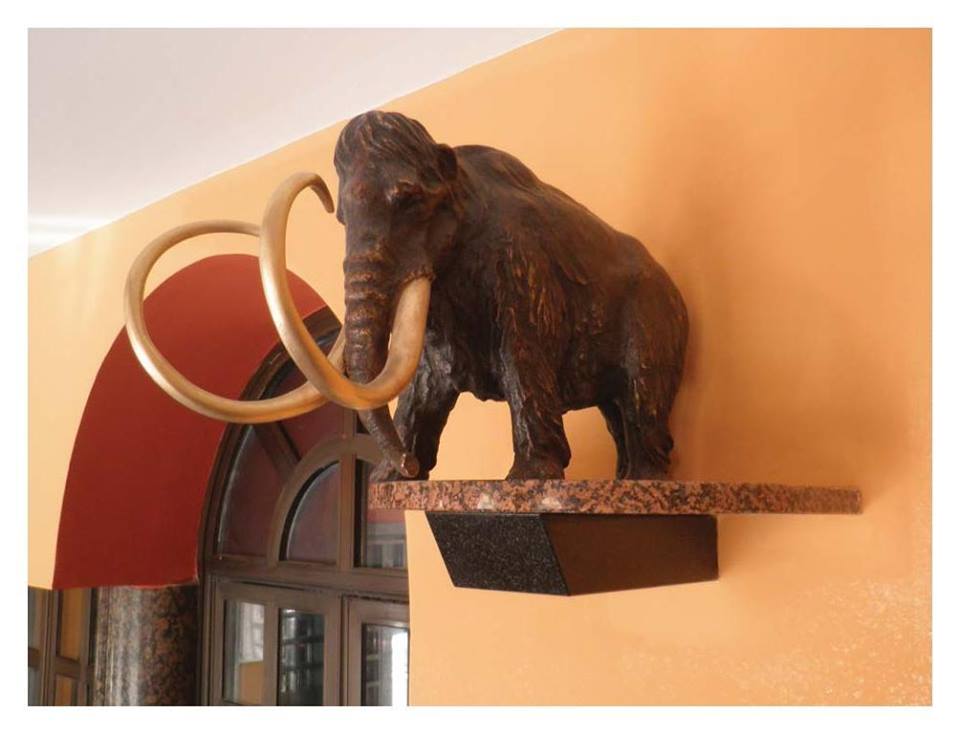
(Photo credit Roberta F. CC BY-SA 3.0)
22. It’s a cheesy city
No one can completely agree on what’s Zagreb’s most authentic dish. Because of city’s diverse culinary influences, all yummy things may remind you of something you already had in Italy, Austria or Greece. But there’s one thing that’s quintessential Zagreb and it can, of course, be bought at the famous Dolac market: cottage cheese. The dish is really simple: cottage cheese with sour cream, and it’s eaten as a cold starter or a main meal.
Cottage cheese is the main ingredient of štrukli – a wonderful pastry with cottage cheese filling. Sweet or savoury, even the sight of it will make your mouth water.
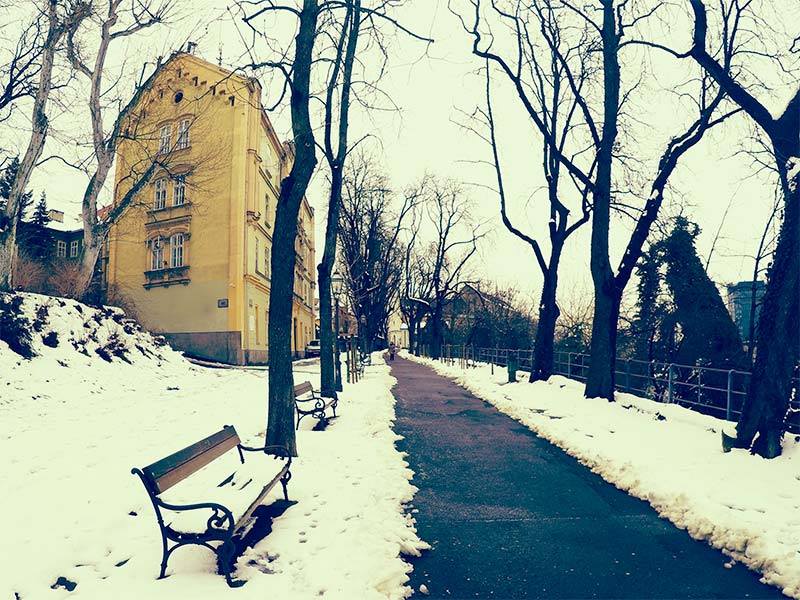
(Romantic Strossmayer promenade in the Upper Town. Photo credit: Andrea Pisac)
23. The city with best kissing spots
Zagreb’s Upper Town is a network of charming alleyways, meandering staircases and tree-lined promenades. The soft light from old-fashioned street lamps only revs up the romantic atmosphere. Every local couple knows that strolling along these streets is enough to tap into the amorous mood. Some spots exude such powerful magic that they have been called kissing spots.
If you want to spice up your romantic life, you’d better get going on this Zagreb Kissing Spots Trail.
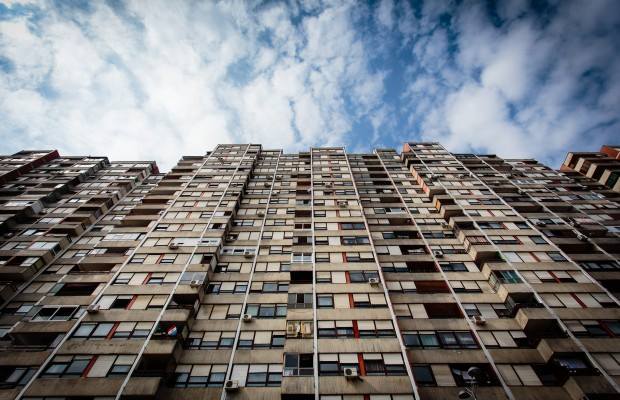
(Mammoth building in Novi Zagreb. Photo credit: Soundset)
24. The city of mammoths, part 1
It’s not an animal but a building. Mamutica [female mammoth] building is the biggest apartment block in Europe. It was built in 1974 in Eastern part of Novi Zagreb – south of the Sava River. A prime example of the functionalist socialist architecture, it is home to about 5,000 people. Seeing this 240 m long and 70 m high square box may not cause you to fall in love, but there is definitely a kind of retro charm in the socialist lady.
Zagreb’s socialist architecture is worth exploring. Follow this Homage to Socialist Zagreb Trail to see some of the best pieces.

(Zagreb Mammoth in front of Gavella Theatre. Photo credit: Tjedno)
25. The city of mammoths, part 2
Ever wondered who lived in the place of today’s Zagreb? Mammoths! This was discovered at the beginning of the 20th century when the hip bone of a woolly mammoth was unearthed in Frankopanska Street 10. Woolly mammoth was a colossal animal reaching up to 6 m in height. They died out at the end of the last ice age, 15,000 years ago.
Are you now even more interested in Zagreb? Follow Andrea’s Zagreb Honestly blog for the very latest.
A small statue commemorating the Zagreb mammoth is placed in Frankopanska Street, at the entrance of the Gavella Theatre.
Still looking for more? Take a tour of Zagreb by video:
https://www.youtube.com/watch?v=JlTrjPntzEM

